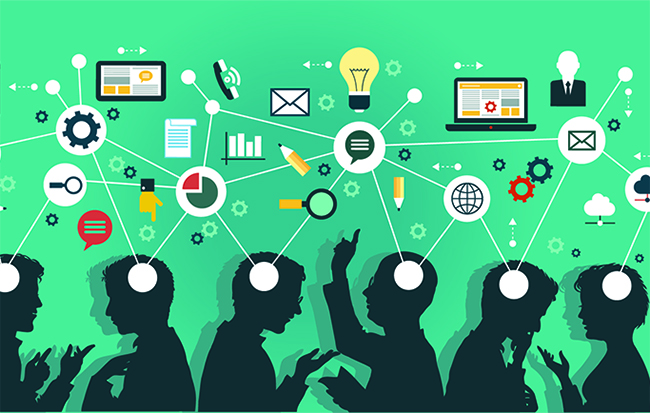Digital Learning Is Adaptive
 InclusiveDocs
InclusiveDocs
Per Wikipedia, “Digital learning” is any type of learning that is accompanied by technology or by instructional practice that makes effective use of technology. It encompasses the application of a wide spectrum of practices including blended and virtual learning.”
Let’s unpack this.
Digital learning makes accessibility possible. The idea for a system to enable visually impaired people access to printed literature gained momentum and a sense of urgency at the end of World War I when soldiers had lost their sight in action and returned home to a society ill-prepared for their needs.
In those early days, braille was the only medium available, but when a technology called long-play recordings was developed, audio versions of certain books were created. This was a ground-breaking technology for its time, and it became the recording standard that was eventually adopted by the music industry.
This new technology was great progress, even though it was not very practical. Back in the day, a single “talking book” was usually played back over 10 double-sided 12” LPs (long-play records).
Standards and technology continue to improve over diverse media, enabling many more people access to flexible and practical services that meet their specific needs. Braille and large-print production are now being replaced by audio readers and e-book technology for both hard-copy and electronic consumption.
Current developments in adaptive learning technologies present an opportunity for the most significant change to accessible publishing in decades. E-books could benefit all users, irrespective of their preferred reading format. Teaching will never be the same because adaptive learning technology can analyze a student’s performance in real-time, allowing educators to modify their teaching methods based on that data, giving all learners more opportunities to succeed.
In these times of budget constraints, huge classroom sizes and overworked teachers, adaptive learning is a new bright light, innovating non-linear education and the way teaching is approached. Having more students in the classroom means accommodating a greater spectrum of academic knowledge and skill sets, and there is not enough time for teachers to do it all. Personal attention to each student becomes impossible, and inevitably some students fall through the cracks.
With adaptive learning, teachers can use the time students spend on their smart devices, either online or with software, to address their needs one-on-one, in small group settings or by video telecommunication. Remote access to teachers and materials makes education accessible to people who otherwise would not be able to attend school.
Subscribe to my newsletter
Read articles from InclusiveDocs directly inside your inbox. Subscribe to the newsletter, and don't miss out.
Written by
